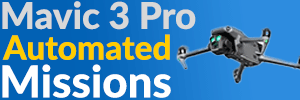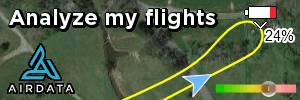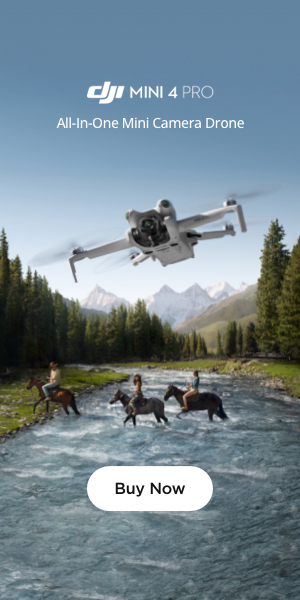- Joined
- Jan 29, 2017
- Messages
- 19
- Reactions
- 13
- Age
- 64
I've had my Mavic less than a week and - of course - got carried away today in sport mode. Man, sport mode is really cool but it's easy to become intoxicated with the speed this thing has. I ended up augering into the ground at pretty much top speed in sport mode. Fortunately the ground was cushioned somewhat by a sagebrush and about 18 inches of (hard packed) snow. Physical damage was just a single prop. But after the crash my gimbal would not calibrate and came up with the dreaded overload error.
I took it home and inspected the gimbal quite closely. Couldn't see any physical damage at all. The self-test started with the gimbal moving a couple times to calibrate. But it always stopped in the same position. Kind of down-right-rear from the Mavics point of view. The gimbal seemed to move freely, I couldn't find any evidence of binding.
Then I realized that it wasn't the lateral/up-down movement it was the rotation of the focus ring. It was getting stuck about half way through the rotation. Manually rotating it confirmed that it was binding at about half way. What I figure happened was the high speed impact slammed the camera back against the Mavic body and this compressed the rear plate of the camera into the lens. The result was the rotational binding when it tried to run through the full range of focus.
The way I fixed it was to use a very small flathead screwdriver. I inserted it in the gap shown in the photo and pried it back a bit to free up the rotation. I did this in several spots around the ring. There was some visible difference in the size of the gap around part of the circumference. It took about 3 tries to get it free enough for the Mavic to be happy with the self-test.
I am thinking that sending it back to DJI would have resulted in them replacing the camera. Time will tell if this is a permanent fix but after freeing up the rotation the Mavic powers up just fine now and the camera seems to work well.
I have attached two photos, one showing the dead camera state after failing the self-test and one showing where I inserted my flathead screwdriver to pry back the compressed ring. Hopefully this will help someone else who finds themselves in a similar situation. The key is that the gimbal test is not just the XYZ axis but also the lens rotation. Binding in any of those tests will show as a gimbal overload.


I took it home and inspected the gimbal quite closely. Couldn't see any physical damage at all. The self-test started with the gimbal moving a couple times to calibrate. But it always stopped in the same position. Kind of down-right-rear from the Mavics point of view. The gimbal seemed to move freely, I couldn't find any evidence of binding.
Then I realized that it wasn't the lateral/up-down movement it was the rotation of the focus ring. It was getting stuck about half way through the rotation. Manually rotating it confirmed that it was binding at about half way. What I figure happened was the high speed impact slammed the camera back against the Mavic body and this compressed the rear plate of the camera into the lens. The result was the rotational binding when it tried to run through the full range of focus.
The way I fixed it was to use a very small flathead screwdriver. I inserted it in the gap shown in the photo and pried it back a bit to free up the rotation. I did this in several spots around the ring. There was some visible difference in the size of the gap around part of the circumference. It took about 3 tries to get it free enough for the Mavic to be happy with the self-test.
I am thinking that sending it back to DJI would have resulted in them replacing the camera. Time will tell if this is a permanent fix but after freeing up the rotation the Mavic powers up just fine now and the camera seems to work well.
I have attached two photos, one showing the dead camera state after failing the self-test and one showing where I inserted my flathead screwdriver to pry back the compressed ring. Hopefully this will help someone else who finds themselves in a similar situation. The key is that the gimbal test is not just the XYZ axis but also the lens rotation. Binding in any of those tests will show as a gimbal overload.














